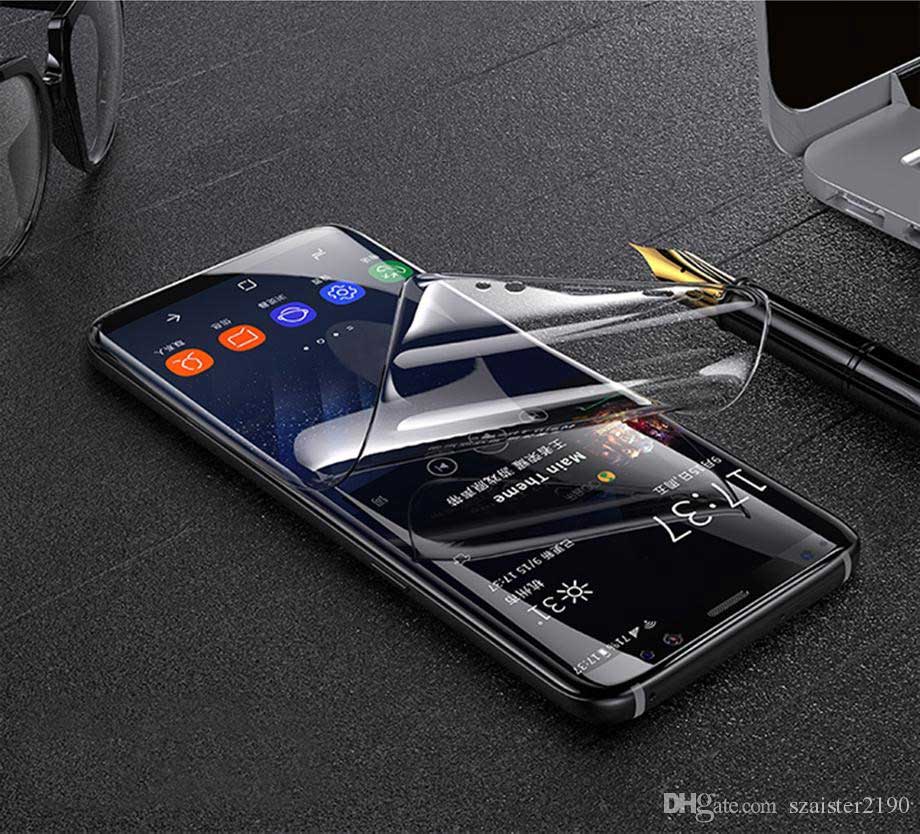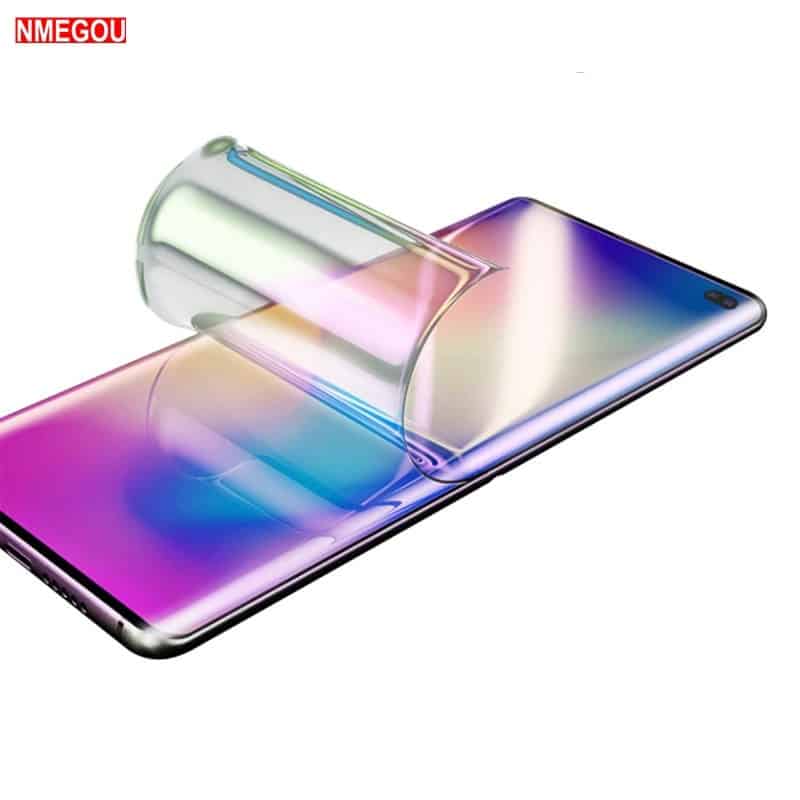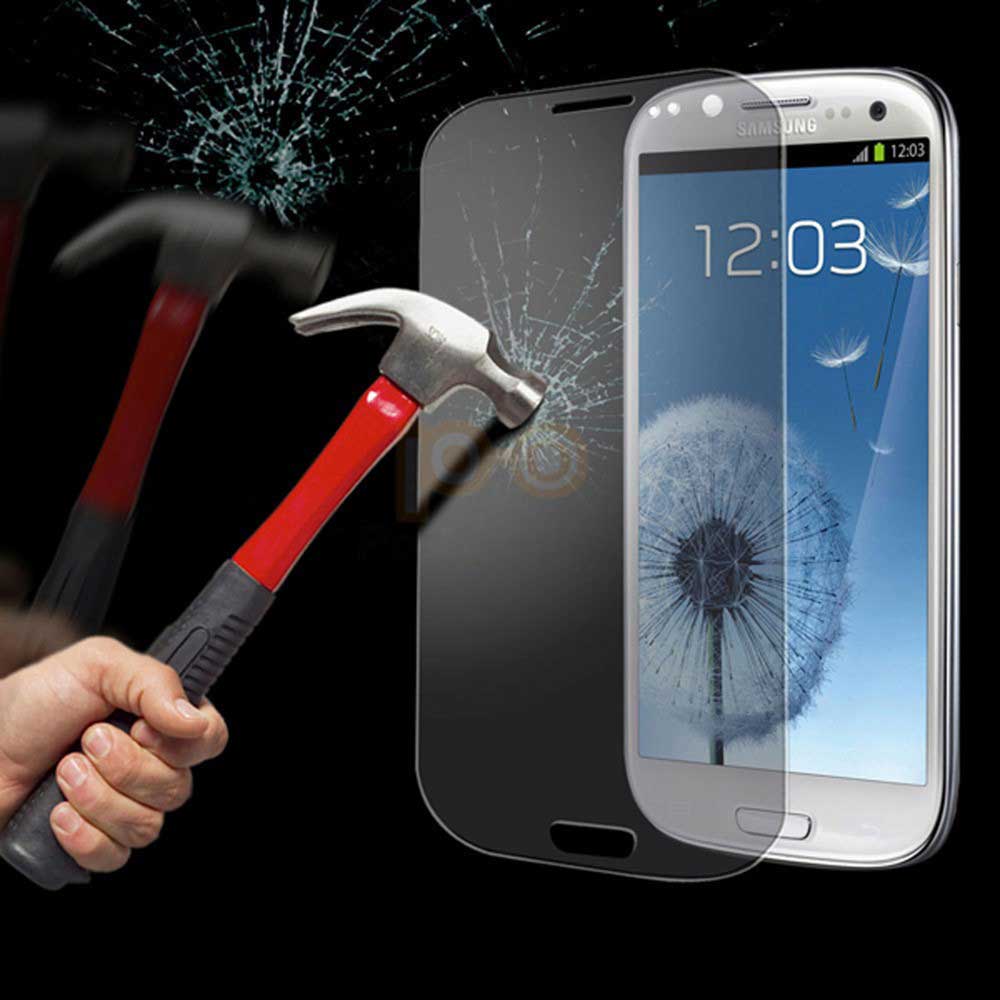What is a screen protector
With smartphones becoming more sophisticated and expensive by the day, accessories like screen protectors have become a worthy investment. That’s even more so today than it was a few years ago, when screen protectors weren’t as reliable, cheap, and easy to install as they are now.
As the name implies, a screen protector is basically a sheet of transparent material that protects a smartphone’s screen. But that might be the simplest description.
Things get a little more complex when you start delving into the different types of screen protectors to find what suits you best. That’s when questions pop up, like, ‘What are the advantages and disadvantages of different types of screen protectors?’, ‘Will screen protectors limit my user experience?’, or ‘Is it worth buying a certain type of screen protector?’
Read on to find out all you need to know to pick the best screen protector according to your personal needs.
Types of screen protectors
Screen protectors can be roughly categorized into three groups, based on their material composition and physical properties.
PET film screen protectors:
A PET film screen protector. src
These types of screen protectors are made from polyethylene terephthalate (PET), a multipurpose plastic material. PET is used in a wide array of industries, especially for making plastic packages like liquid and food containers. PET screen protectors usually comprise a polyester film coated with scratch-resistant matte on one side and a silicone adhesive on the other.
They’re usually the cheapest types, with a typical pack containing three or more sheets. Quality ones are crystal clear and can shield your phone’s screen from light abrasions. However, PET screen protectors are more susceptible to discoloration from exposure to sun rays or oil buildup from the fingers.
TPU screen protectors:
TPU Screen protectors are similar to the PET types, but they’re specially treated to enhance their properties. src
TPU (Thermoplastic polyurethane) is a type of plastic similar to PET, but it’s chemically treated to enhance various properties such as scratch resistance, oil and grease resistance, flexibility, and toughness. Its elasticity gives it a ‘self-healing’ capacity that allows it to retain its original form after exposure to non-extreme impacts such as drops and light scratches.
TPU screen protectors are a deck above the PET types, and also command a slightly higher price.
Tempered glass screen protectors:
Tampered glass screen protectors are the toughest types, but they’re also the weightiest and most expensive. src
With multiple layers of solid materials, tempered glass screen protectors offer the best protection for your phone. Tampered glass protectors usually comprise a shock-absorbent silicone sheet at the bottom, a layer of PET film, tempered glass, and an oleophobic coating. These layers are held together by a clearly transparent adhesive.
However, this stack of materials barely measures above 0.4 mm in thickness, making them much stronger but nearly as thin and light as PET and TPU protectors. Tempered glass screens are also superior to the others in terms of light transmittance (clarity of the display), anti-reflective and glare-reducing capacities, and shock protection.
Of course, as you’d expect, their impressive specs also command a greater price.
Pros and cons of using screen protectors
The different types of screen protectors have their own benefits and drawbacks.
PET film screen protectors:
Pros:
- They’re thin with feathery weight, offering extra protection without adding to the phone’s weight
- They’re the cheapest.
- They imbue your screen with a sleek, velvety feel.
Cons
- They’re usually not crystal clear and can slightly blur your display
- Susceptible to discoloration from sun rays, as well as oil build up from your fingers.
TPU screen protectors
Pros:
- They’re thin and inconspicuous
- Their clarity is sharp, allowing for optimal display
- They’re inexpensive.
Cons:
- The scratches they sustain are usually more visible.
Tampered glass screen protectors
Pros:
- They replicate (or sometimes outdo) the look and feel of your phone’s screen.
- Quality ones feature an oloephobic coating that makes them more scratch-resistant and shatter proof.
- Their crystal-clear transparency allows for optimal viewing experience (some promote the original view even further).
Cons:
- They can be quite pricey, depending on the quality.
- Many are relatively thicker and slightly increase a phone’s weight.
Why a screen protector is important
Investing in a screen protector can pay off in more ways than one.
- Your phone is always one fall away from becoming inoperable, but a phone screen protector can help enhance its lifespan.
- Some come with liquid adhesives that fill up and conceal preexisting scratches or cracks on the phone.
- Finally, by keeping your phone’s screen in pristine condition, screen protectors can help shore up your phone’s resale value.
Summing up
With screen protectors, you can keep your phone’s screen free from the slightest scratch for a long time, even if it’s taken a tumble several times and has been grazed by beach sand, keys, metals, and other abrasive objects. These accessories really come in handy for your kid’s smartphone, considering they might be more likely to drop it a few times. Adults need screen protectors as well – even if you might drop your phone that often, such an accessory will keep your phone in pristine physical condition to preserve its resale value.


